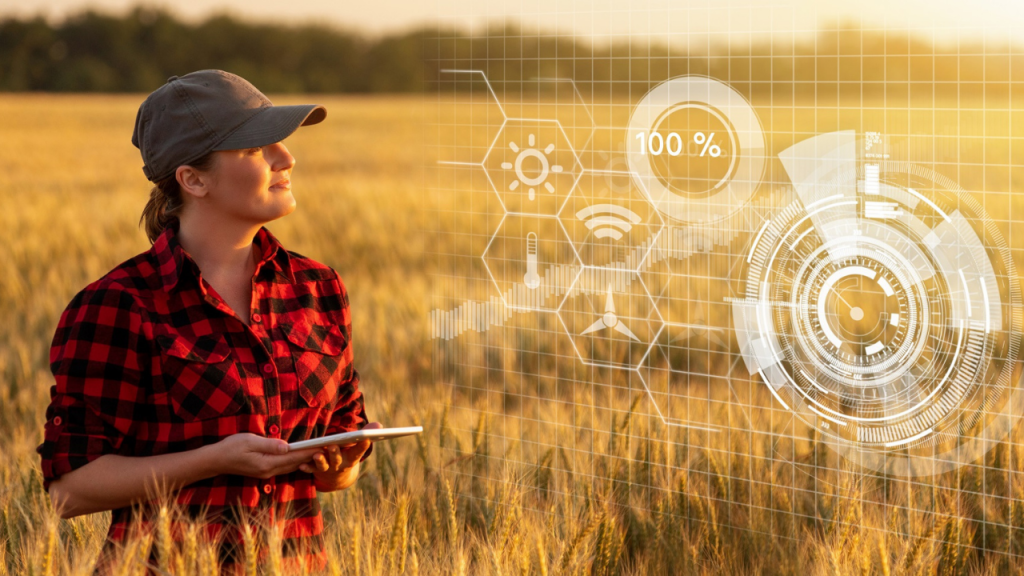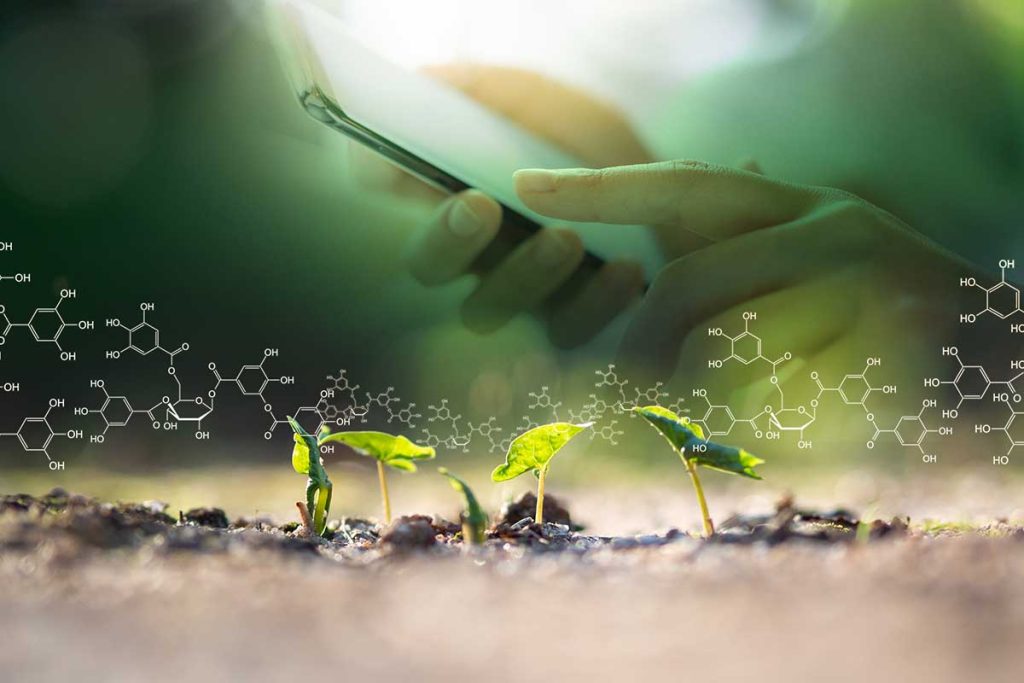
Farming is both an art and a science, combining traditional wisdom with modern advancements to cultivate the land and produce food for the world. It is a complex and multifaceted practice that involves understanding the natural environment, applying scientific principles, and utilizing innovative techniques. In this article, we will explore the art and science of farming, including the key elements of successful farming, the role of technology in agriculture, and the importance of sustainable practices.
Successful farming begins with a deep understanding of the land and environment. Farmers must consider factors such as soil composition, climate, topography, and water availability. This knowledge allows them to make informed decisions about crop selection, planting schedules, and irrigation methods.
The art of farming is passed down through generations, with farmers relying on traditional wisdom and experience. This includes knowledge about crop rotation, pest and disease management, and soil fertility. Experienced farmers have a keen eye for observing subtle changes in the environment and adjusting their practices accordingly.

Farming requires adaptability and intuition. Farmers must be able to adapt to changing weather patterns, market demands, and technological advancements. They must also rely on their intuition to make decisions when faced with uncertainty or unforeseen circumstances.
The science of farming involves the application of scientific principles to maximize crop yield and quality. This includes understanding plant physiology, genetics, and the interactions between plants, soil, and the environment. Farmers use this knowledge to optimize nutrient management, pest control, and irrigation practices.
Technology plays a vital role in modern agriculture. Farmers utilize advanced tools and equipment to improve efficiency, precision, and productivity. This includes the use of drones for aerial imaging, GPS for precision planting, and sensors for monitoring soil moisture and nutrient levels. Technology and innovation continue to drive advancements in farming practices, allowing farmers to produce more with fewer resources.
Data-driven decision-making is a key aspect of the scientific approach to farming. Farmers collect and analyze data on crop performance, soil health, and weather patterns to make informed decisions. This data helps them optimize resource allocation, identify areas for improvement, and mitigate risks.
Sustainable farming practices are essential for the long-term viability of agriculture. They aim to minimize environmental impact, conserve natural resources, and promote biodiversity. Sustainable farmers prioritize soil health, water conservation, and the use of organic fertilizers and pest control methods.
Conservation agriculture is a sustainable farming approach that focuses on minimizing soil disturbance, maintaining soil cover, and diversifying crop rotations. This practice helps prevent soil erosion, improve water infiltration, and enhance soil fertility. It also reduces the need for synthetic inputs and promotes natural pest control.
Precision agriculture is a sustainable farming technique that utilizes technology to optimize resource use. Farmers use GPS, sensors, and data analytics to precisely apply fertilizers, water, and pesticides only where and when needed. This approach minimizes waste, reduces chemical inputs, and improves overall farm efficiency.
Agroforestry and diversification are sustainable farming practices that involve integrating trees, crops, and livestock on the same piece of land. This approach promotes biodiversity, improves soil health, and provides additional income streams for farmers. Agroforestry systems also contribute to carbon sequestration and climate change mitigation.
Farming is a harmonious blend of art and science, where traditional wisdom meets modern innovation. Successful farmers combine their understanding of the land, experience, and intuition with scientific principles, technology, and sustainable practices. By embracing the art and science of farming, farmers can cultivate the land sustainably, produce high-quality food, and contribute to a resilient and thriving agricultural world.